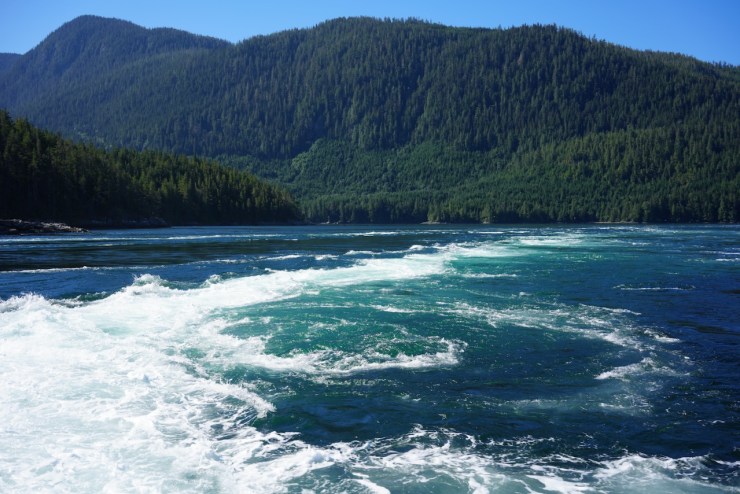When you arrive at a place previously unknown you are a tourist, but when you arrive by boat you immediately become part of the scene.
As Jupiter concludes her marvelous sixth year exploring seas and seasons of the Pacific Northwest, her crew considers their many landfalls as some of their finest hours. Tiny coves, bays, inlets, and sculpin shorelines invite union and communion with whatever resident creatures are busy ignoring our arrival.
Floating docks, Provincial Parks, marinas, wharfs and waterfronts tied to outport camps, communities, towns or great cities crack open the isolation of days alone. An often cloistered crew finds voice where few dismiss those who arrive by water. Welcomes seem roundly warmer and more inquisitive in inverse proportion to the population of the place. The human need for contact, like the alternating current, runs deep and both ways.

Having navigated 2,300 miles this season, and 12,000 in Puget Sound, the Salish Sea, BC and Alaska, during past years, Jupiter’s crew serendipitously encounters friends afloat and ashore—an extended and growing community spread far and ferforth.
Fellow mariners relish sharing where-froms and where-tos, anecdotes of boats and floats, encounters and occurrences, and newfound ports and passages. Long travelers become long winded, unspooling brief encounters into extended evenings sharing nourishment and merriment aboard one vessel or another.
Enlightenments


Exploration of the Pacific Northwest in one’s own boat is a pursuit so immensely compelling that it defies easy explanation. The vast and largely unpopulated mountainous mainlands and islands, the impatient hydraulic forces of rivers and tides, the dynamic weather and the vulnerability of vessels and their machinery provide opportunities for failure. The gratification, nevertheless, is mythological.
Jupiter’s crew is endowed daily by the natural world. Solitude and self-reliance bring awareness and perspective, and vividly juxtapose the pleasure of community, and the wisdom acquired from the people we encounter.
Caviar for Companions
It is King Salmon season. If your catch has eggs do not waste them. When making caviar avoid the use of metal utensils and treat your eggs with tender care.


Catch a big fish.
Gut and clean your salmon, preserving the roe.
Prepare a brine by dissolving ½ cup salt in 3 cups water, then cool.
With a sharp knife slice open the egg sac. Place into a sieve set into a bowl of warm – not hot – water, and gently tease out the eggs, pulling away and discarding the sac. Rinse the roe thoroughly.


Dip eggs, still nestled in their sieve, into brine for ten to fifteen minutes. Drain well. Coat lightly in mild olive oil and store in glass vessels. Serve fresh-chilled over eggs or cream cheese.

Something ’bout a boat
Jimmy Buffett 1946 ~ 2023
Sitting on the sea
Out there in the wind
Floating on the free
Take you around the world
Bring you back home
Gives a man hope
Something ’bout a boat








































































































































































